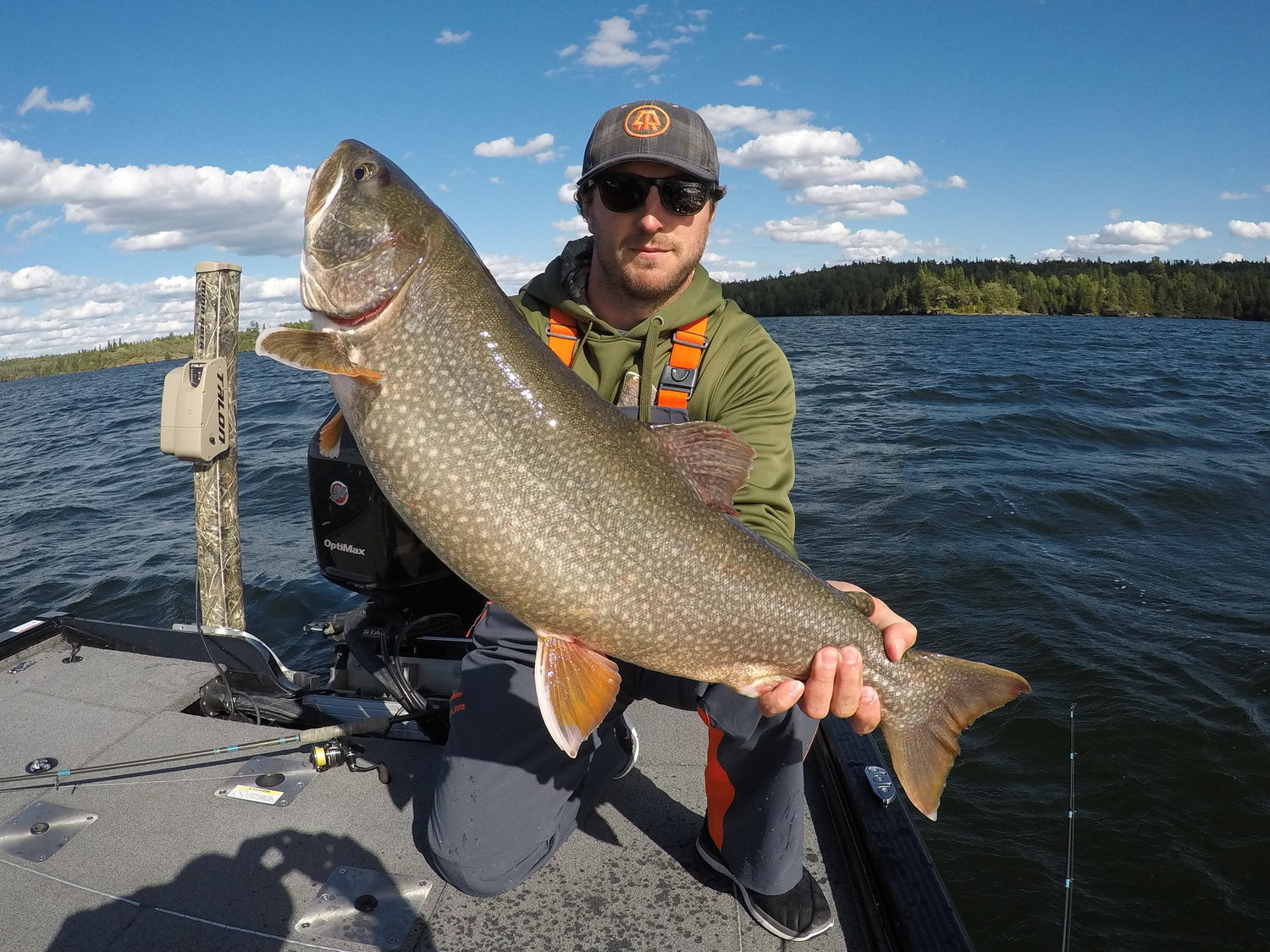

It was even referenced as "an ideal swimming spot" ub a news article in the Province in 1927. News reports dating back to the early 1900s talk of people skating on the lake, which is a perfectly acceptable use of this body of water when it freezes over in the winter.

Located in John Hendry Park, much of the land around the "lake" was donated by the Hamber family in 1926, and another parcel was purchased by the Park Board from the Salvation Army for $2,500, with plans to develop it into a park with recreational facilities. We have several specialists available to identify any species of plant or animal from your lake brought to the station.The Vancouver Park Board has just issued a notice letting people know they've temporarily closed swimming at Trout Lake because of high E.coli levels currently present in the water, reminding some residents that people actually swim in this literal peat bog. While we welcome questions about any lake, not all lakes have been studied extensively, will answer your questions to the best of our knowledge. Contact Gretchen Gerrish station director if interested in this opportunity. Our research scientists are available to speak at lake association’s or civic group’s meetings. We do collaborate with the DNR in research and conservation efforts. Trout Lake Station is part of the University of Wisconsin, not the DNR. Trout Lake Station offers housing and equipment for class field trips in the spring, fall and Winter. The Tug Juday Conference room build in 2011 offers a comfortable space for up to 60 people and is available for environmental focus groups. Residents of the seasonal cabins use a centralized bathroom/shower building. All cabins have fully equipped kitchens and the year-round buildings have bathroom/shower facilities. Six year-round cabins/houses and four seasonal cabins can accommodate 37 people year round and 48 during May-October. If you are interested in doing research at Trout Lake Station, please contact Gretchen Gerrish, Station Director, or call 60. We have most standard collecting gear for general limnological work. Several instrumented buoys are deployed on nearby lakes. A snowmobile, ice augers, and snowshoes are available for winter field work. Major field gear includes: four-wheel-drive trucks, numerous boats equipped with motors and trailers, and four canoes. Trout Lake Station is well-equipped to provide access for researchers to nearly any aquatic site in the Northern Highland Lake District.
Trout lake free#
Feel free to contact TLS director Amber Mrnak if you have questions. To request station use, complete the reservation form. The station has meeting facilities including a library, a large conference room (60 people) and a small meeting room. The main laboratory offers visiting researchers access to labs and office space for their research needs. The station is located on the south shore of Trout Lake in Vilas County. TLS is also in close proximity to all of the NEON Domain 5 research sites. TLS is located in the Northern Highland Lake District, provides access to a wide variety of aquatic ecosystems and their surrounding landscapes including the Northern Highland-American Legion Sate Forest and Chequamegon-Nicolet National Forest, and is well-equipped to support both short- and long-term visits.

Trout Lake Station (TLS) is a year-round field station operated by the Center for Limnology at the University of Wisconsin-Madison that has been supporting environmental and limnological research, training, and outreach in the northwoods of Wisconsin since 1925.


 0 kommentar(er)
0 kommentar(er)
